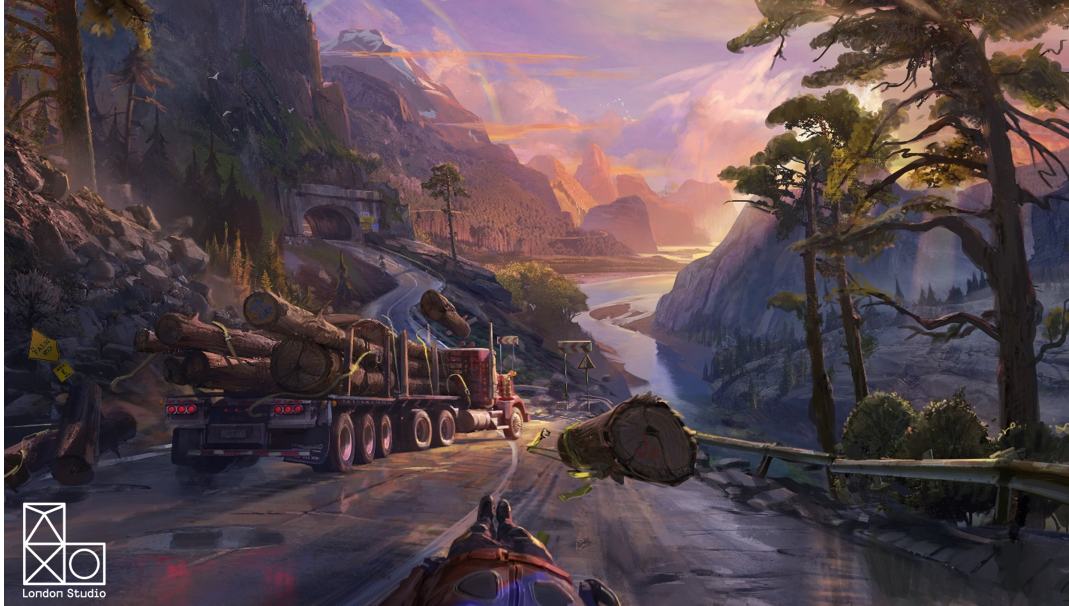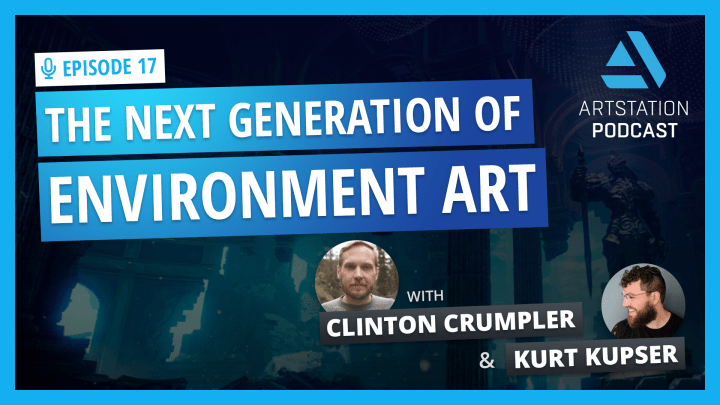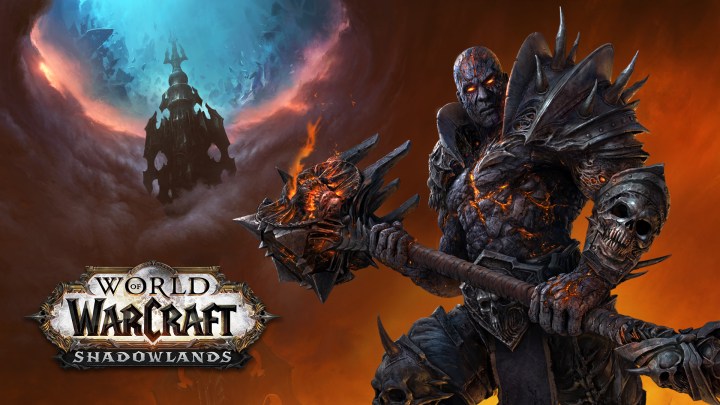Five key VR tips for concept artists

Virtual reality is one of the central themes of FMX 2016. Over the next four days, visitors to the Blending Realities track at Europe’s premier CG industry conference will be able to explore every aspect of the VR revolution, from tech trends to new business models for virtual reality work.
But for CG artists, one of the key questions about VR is how it will affect their day-to-day workflows – which is why one of the highlights of the show is likely to be Sony Computer Entertainment Europe lead environment artist Jason Hickey’s session tomorrow on the difference between the art development cycle of a traditional game and that of a real-time VR project.
Drawing on his experience at SCEE’S London studio – which recently announced its latest title, PlayStation VR Worlds – Jason wil discuss the key factors that can affect art quality in real-time VR work, and how he thinks these new challenges can be overcome, including the changes necessary to traditional job roles, and the tools and skills required.
For the full insight, you’ll need to attend Shifting Landscape: Changing the world creation process for PlayStation VR, which takes place in FMX’s Meidinger-Saal hall from 12-1pm on Tuesday 26 April. But if you can’t make it in person – or if you just want a taster of what’s to come – Jason has supplied us with his five personal tips for concept artists hoping to succeed in VR work.
1. Concept artists on VR projects need to be able to work in 3D!
If you want to get hired for a VR project you’re going to want to be able to show off your 3D skills.

The Scavenger’s Odyssey section of PlayStation VR Worlds places the player in the role of an alien treasure hunter. Image courtesy of SCEE.
2. Don’t sacrifice or forget about scale in your illustrations or models
Scale references are one of the most important visual cues in VR to help you feel presence.
3. It’s time to learn the basics of how game engines work
If you don’t understand the technical side of VR (for example, how expensive it is to render in stereo at high resolution) you won’t be producing the most useful concept art.
4. Get yourself a headset and experience every aspect of VR!
Virtual reality isn’t just about the technical challenges but about gameplay. Until you get in a headset, you won’t get it.

Concept art for the VR Luge section of PlayStation VR Worlds, depicting fast-paced street racing. Image courtesy of SCEE.
5. Remember: you’re one of the team
Making pretty pictures is a real gift but it’s not the whole package. Play the game, learn how to use the editor and keep a clean house. The more you know about how to work as a game developer instead of just an illustrator, the better your work will be.
FMX 2016 takes place in Stuttgart from 26-29 April. Read our round-up of 10 more things to see at this year’s show



















